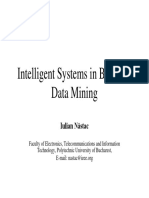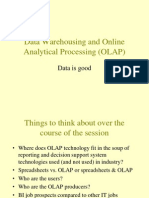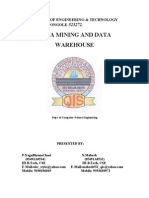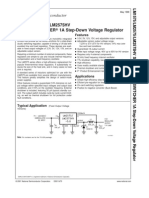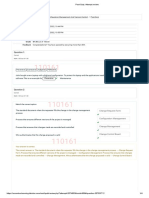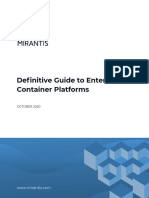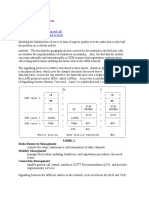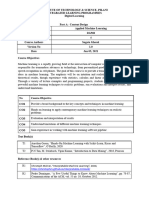0% found this document useful (0 votes)
33 views89 pagesData Warehousing Notes
The document discusses the importance of security, backup, and recovery in data warehousing, emphasizing the need for proper data and user classification, auditing, and network security. It outlines various backup methods, including hardware, software, and OLAP operations, while also addressing the challenges of tuning and testing data warehouses. Additionally, it highlights the significance of performance assessment and the necessity of thorough testing across different levels to ensure system efficiency and reliability.
Uploaded by
abdn89571Copyright
© © All Rights Reserved
We take content rights seriously. If you suspect this is your content, claim it here.
Available Formats
Download as PDF, TXT or read online on Scribd
0% found this document useful (0 votes)
33 views89 pagesData Warehousing Notes
The document discusses the importance of security, backup, and recovery in data warehousing, emphasizing the need for proper data and user classification, auditing, and network security. It outlines various backup methods, including hardware, software, and OLAP operations, while also addressing the challenges of tuning and testing data warehouses. Additionally, it highlights the significance of performance assessment and the necessity of thorough testing across different levels to ensure system efficiency and reliability.
Uploaded by
abdn89571Copyright
© © All Rights Reserved
We take content rights seriously. If you suspect this is your content, claim it here.
Available Formats
Download as PDF, TXT or read online on Scribd
/ 89















